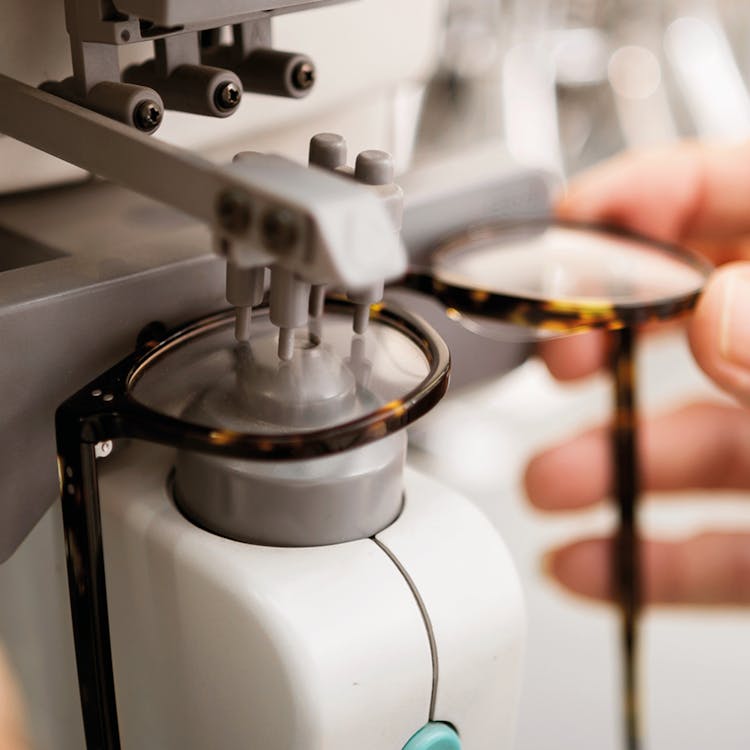Dr. Tanya Jones-Greenwood

It’s About People First

Why is working in eye care personal to you, and how does Nikon fit into that?
“It’s personal because vision is such an important part of people’s lives, and I take that responsibility seriously. I want my patients to know I’m here to support them — and that doesn’t stop once they leave the exam room. Nikon matches that same level of care through the quality of their lenses and the innovation behind their designs. When we work together, it’s about making sure every patient has the best possible outcome — not just in vision, but in their overall experience.”

What is it like when a patient experiences Nikon lenses for the first time?
“Nikon doesn’t compromise. Their lenses are designed with an incredible level of detail and backed by serious optical science. Whether it's minimizing distortion, improving contrast, or enhancing depth perception, Nikon puts precision first.
That matters when we’re making recommendations — we know we’re giving people something that’s going to perform exceptionally well in their daily lives.”

How do you get to know your patients’ needs and how does your partnership with Nikon support that?
“You need to understand the patients’ visual needs beyond just what their prescription is. How do they use their eyes? What kind of environments are they in — indoor, outdoor, screen time? Lots and lots of questions, which is great, because I think optometry, at least in our area, is where we’re often the primary vision care providers, and sometimes the only vision care providers for a multitude of people. That allows us to have more time for relationship building when we’re going through those questions and discovering more about our patients beyond just their prescription. I think it just solidifies how proud we are to have a partnership with Nikon. I’m willing to go out and provide these testimonials because I trust this company, I believe in their product, and our business is in the business of doing right by patients and having premium products for them to choose from.”

How do you guide patients to the right lenses for them?
“It’s amazing when a patient puts on their new Nikon lenses for the first time and their face lights up. They notice the difference immediately — the clarity, the color, the comfort. That’s when I know I’ve made an impact. Vision allows us to engage more with our environment and more socially. I want to give people the best vision so that they can get the best out of their life.”

How do you make sure a patient’s prescription turns into real-life vision comfort?
“You do all that work in the exam room to find out their precise prescription, to give them the best vision. So you want the lens to translate those findings — especially when we’re talking about progressive lenses. You want to know what’s going to work well with the patient in terms of how much peripheral vision they need, what kind of area to progress into near vision they need. And you want a lens that is adaptable to your patients’ varying needs, because from one to the next, they’ll have different visual requirements from their lenses.”
